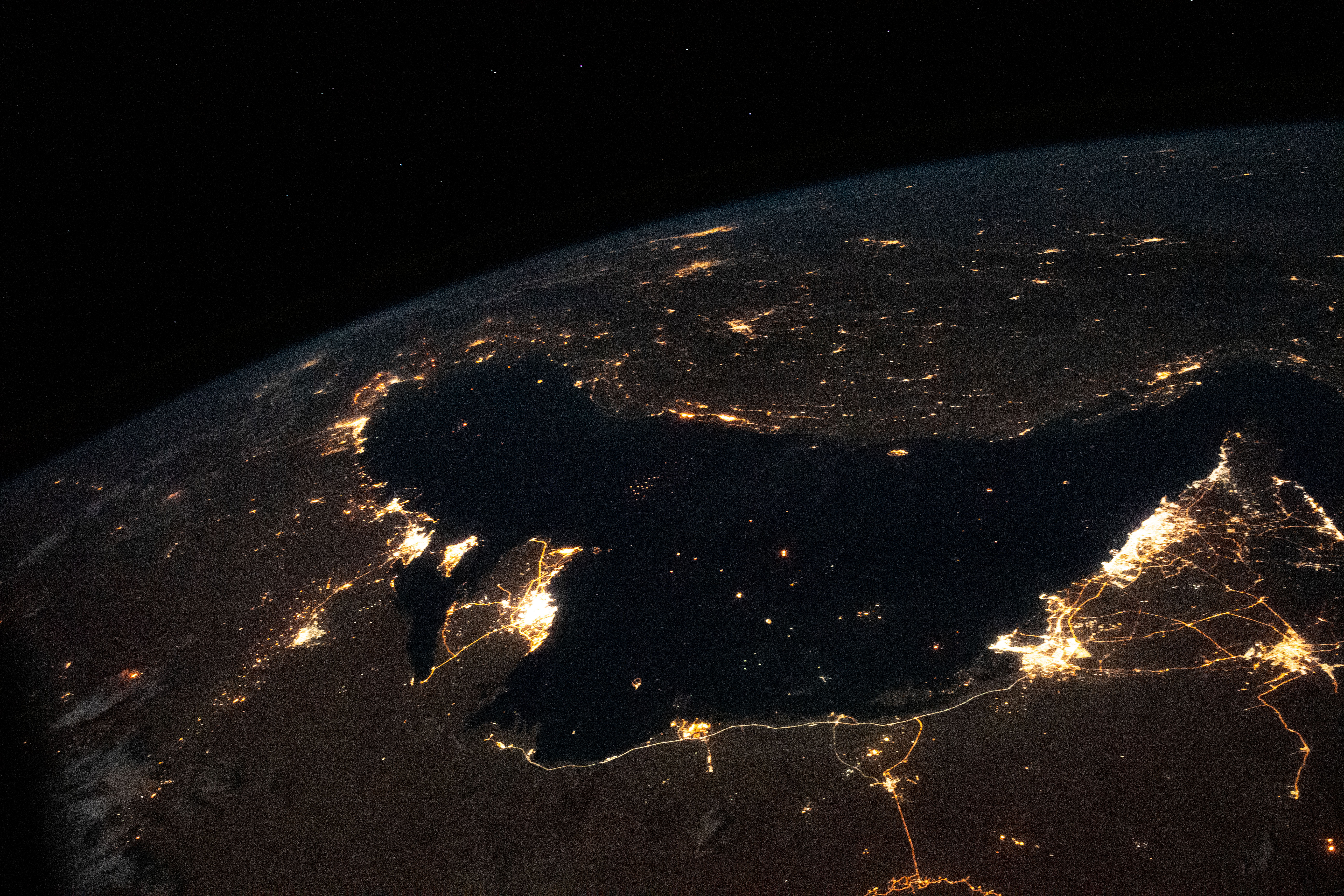January 7, 2021
A New Structure for Security, Peace, and Cooperation in the Persian Gulf
Seyed Hossein Mousavian of the Program on Science and Global Security has authored the new book A New Structure for Security, Peace, and Cooperation in the Persian Gulf. It is published by Rowman & Littlefield.
The book explores the conflicts between Iran and its Arab neighbors in the Persian Gulf, especially Saudi Arabia, and offers a comprehensive roadmap to overcoming this long-standing challenge to regional and world peace and security through a new collective regional security & cooperation framework.
It assesses Iran’s relations with its Arab neighbors of the Persian Gulf from the 1940s to today, and maps the grievances and disputes as perceived by all sides. The analysis is based on scholarly analysis and the author’s experiences as an Iranian ambassador and senior official, including as a special envoy of the President of Iran charged with negotiating directly with Crown Prince Abdullah of Saudi Arabia, who went on to become the King, and engagement with the Arab Gulf Cooperation Council in both formal and informal roles. The book also looks at the role of geopolitics in shaping regional conflicts, especially the part played by the United States.
The book lays out a plan for resolving disputes in the Persian Gulf first proposed by the author in Bonn in 1990 as the first Iranian ambassador to a reunited Germany and developed by him over the years since then. It begins with conversations between Iran and its Arab neighbors about their respective concerns and interests and acknowledgement of past errors and misjudgments and the harm that their policies have caused. The goal is to move through a stepwise reconciliation process to the eventual goal of a formal regional system that could be modeled on the Organization for Security and Cooperation in Europe. Key steps in this process include:
- Immediately halting hostile rhetoric and propaganda
- Reestablishing full diplomatic relations
- Creating a regional dialogue forum
- Agreeing on the motives, objectives, principles, and a plan of action
- Establishing an Organization for Security and Cooperation in the Persian Gulf
The book argues that normalized and friendly ties between Iran and Saudi Arabia and the other Gulf States is possible, and has a historical precedence for it. Normal, friendly relations would make it possible for Iran and Saudi Arabia to address sectarianism and the Sunni-Shi’a conflict in the region and ease the threat of nuclear proliferation and direct military conflict.
